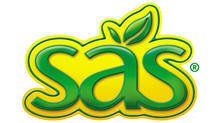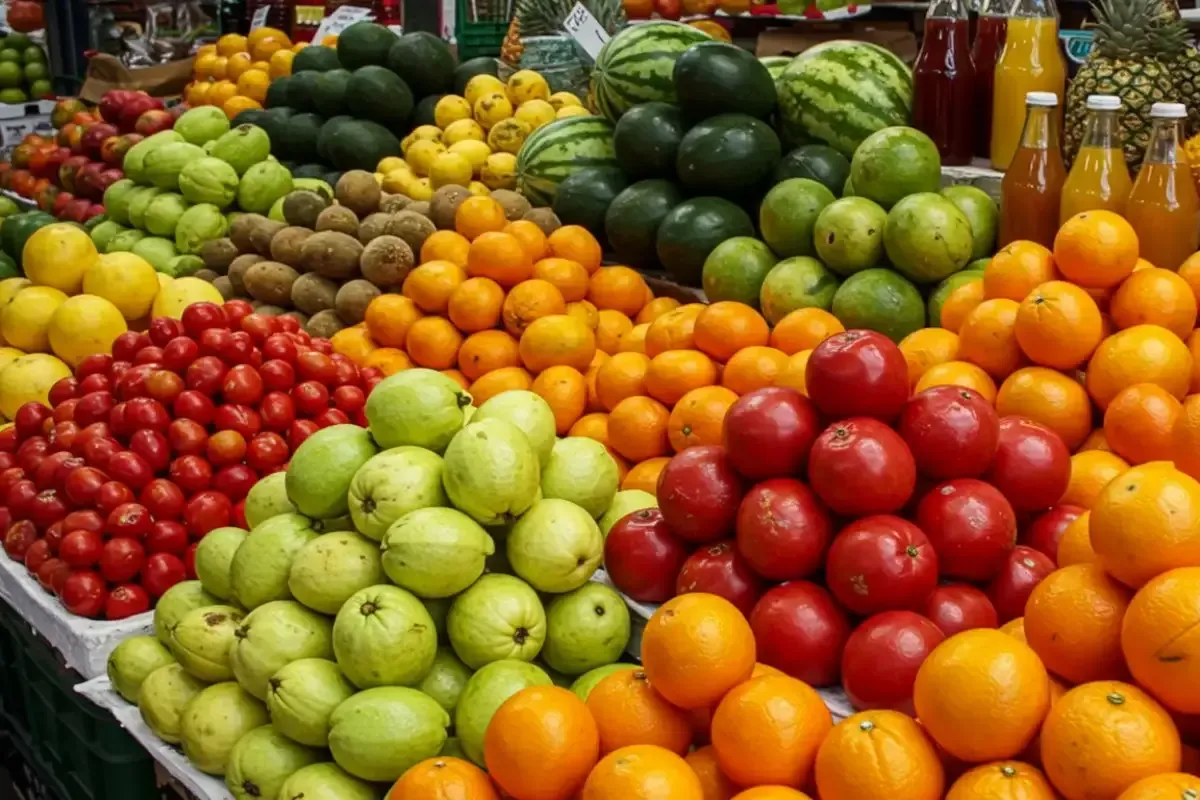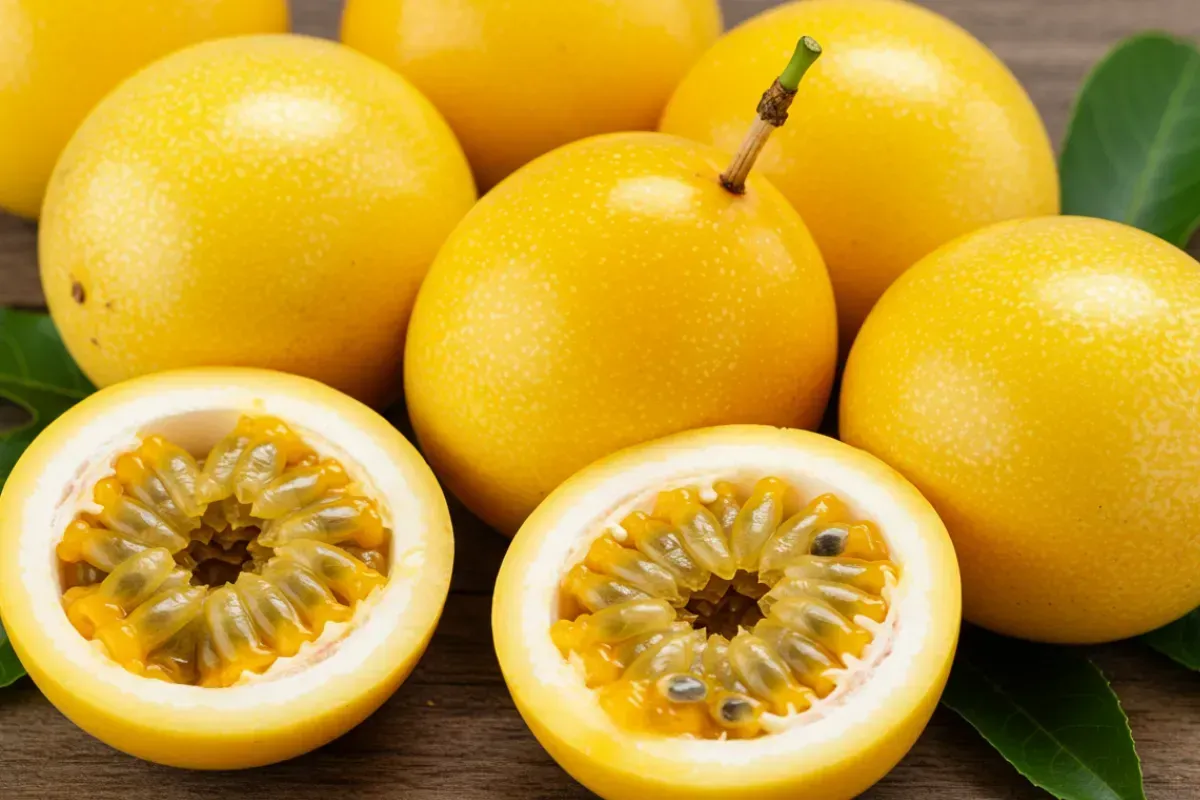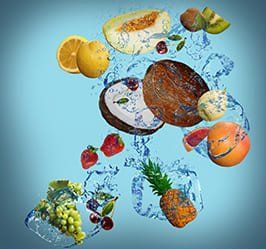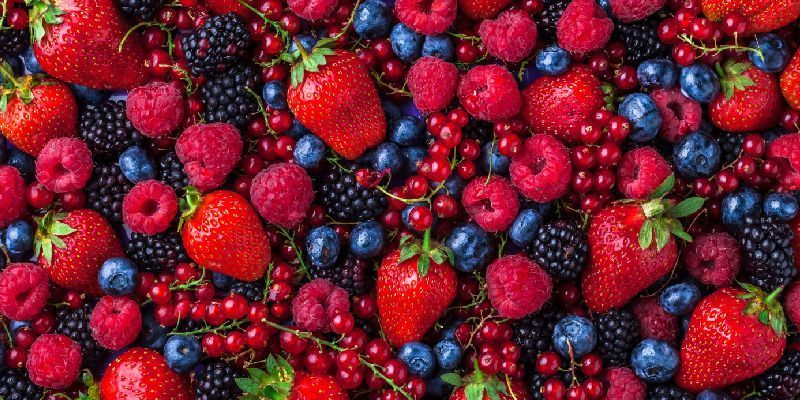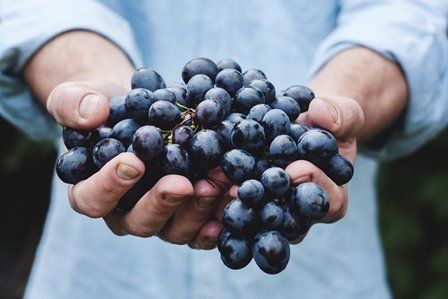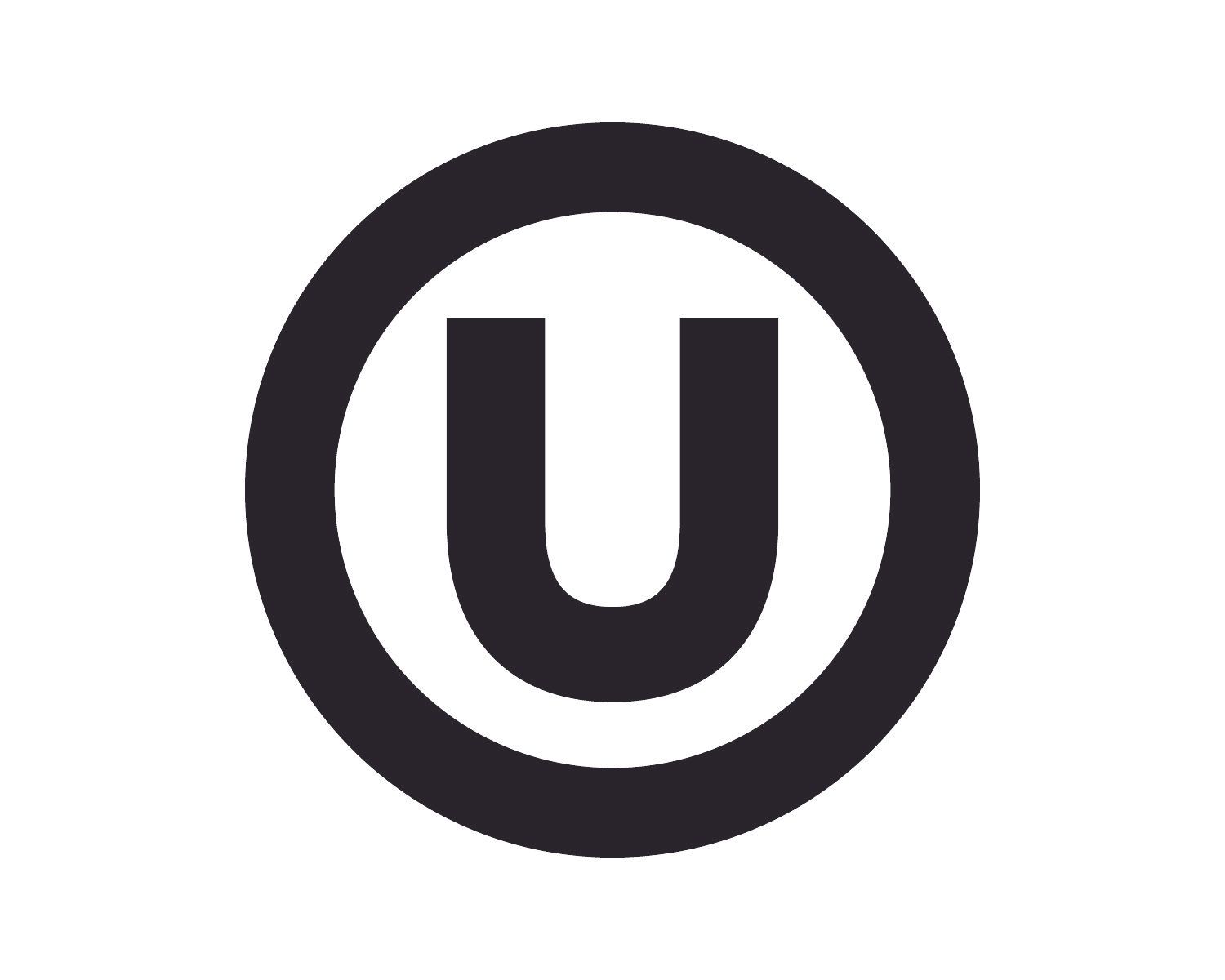Supply Chain Demand Planning: Key Things to Know
Alimentos SAS • Jun 09, 2021
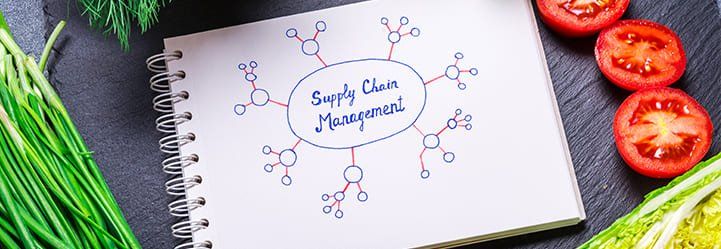
Accurately predicting customers’ demands is key for any business. In the food industry, it helps to maintain healthy inventory levels and informs other important stages of the supply chain. In this article, we present the five main things you should know about demand planning today.
What is demand planning?
It is the process of predicting the demand for products to ensure they can be delivered to customers. It considers factors with the potential to influence demand, such as changes in the labor force, economic shifts, extreme weather conditions, or significant crisis events (Michigan State University, 2020).
Demand planning usually uses statistical forecasts to determine demand size and where to distribute products to meet customers’ needs. The resulting scheme is then used in the following stages of the food supply chain: material management planning and production planning (Essex, 2020).
Its main goal is to maintain sufficient inventory levels to tend to customers' needs without having a surplus (Michigan State University, 2020).
Five things you need to know in demand planning
These are the five main things we think you should be familiar with regarding demand planning.
1. General aspects of the process
The three primary areas of demand planning are:
- Product portfolio management oversees product lifecycles. As a result, it reveals interconnections and interdependencies between product lines (Anaplan, n.d.). This information helps to predict demand behavior by determining which product mix is the best to maximize market share and overall performance (Michigan State University, 2020).
- Statistical forecasting uses historical data to formulate supply chain predictions (Michigan State University, 2020).
- Trade promotion management refers to marketing actions created to influence demand, especially in retail. It uses techniques such as giveaways, discounts, and in-store promotions (Anaplan, n.d.).
2. Information leads the way
To address any of the previously mentioned areas of demand planning, companies need reliable, pertinent, and truthful information. Harnessing and using these figures and facts typically involves (Michigan State University, 2020):
- Collaborating with other actors in the food supply chain to correctly gather information about events that could impact demand.
- Collecting data from external and internal sources on factors known to influence demand.
- Statistically analyzing sales, inventory, and other important numbers.
- Modeling all data into the best scheme according to its specific variables.
3. Listen to the stakeholders
Useful information originates not only from technology and reports. It also comes from different supply chain stakeholders (Rosencrance, 2019):
- Customers. Establishing transparent, ongoing communication with them, to understand their demand trends better, is very important. In a B2B environment, it involves the general business direction, as well as their own forecasts. As for B2C, companies need to monitor aspects like macro trends influencing their target audience.
- Suppliers. They can offer valuable insights into their inventories, requirement, and capacity to provide products.
4. Tools and people involved
As you may suspect, demand planning requires effective participation from multiple areas in any given organization. Likewise, it needs tools to gather, analyze, and utilize data properly. The following aspects are essential for successful processes:
- Collaboration between departments affected by the planning process, such as procurement, sales, and marketing (Meet Logistics, 2020).
- Technology capable of producing real-time forecast updates and adaptations. The Internet of Things, artificial intelligence, and machine learning tend to lead the way in this field (Michigan State University, 2020). As for devices, mobile and cloud-based tools help demand planners to swiftly share information and react to demand variations (Essex, 2020).
5. Best practices
Demand planning is usually a nuanced process, intimately related to each organization’s specific industry and market. However, some best practices to implement include (Michigan State University, 2020):
- Adequately gathering and preparing data. Companies need real-time visibility of inventory movements, as well as reliable, clear metrics reports. On the other hand, solid data mining and aggregation can contribute to identifying improvement opportunities.
- Using the best enterprise resource planning software for the business’ needs.
- Defining and sticking to well-proved processes. For most organizations, the demand planning stages are:
- Data preparation.
- Initial forecasting.
- Application of market and business intelligence.
- Considering sales goals and financial reports to relate bottom-up and top-down forecasts.
- Formulating a final, refined forecast.
- Monitoring performance with real-time analytics.
As seen, demand planning is central to any food industry business. For example, the Chartered Institute of Procurement & Supply (n.d.) says this process enables companies to accurately tailor their capacity to meet variations in demand and manage them successfully.
